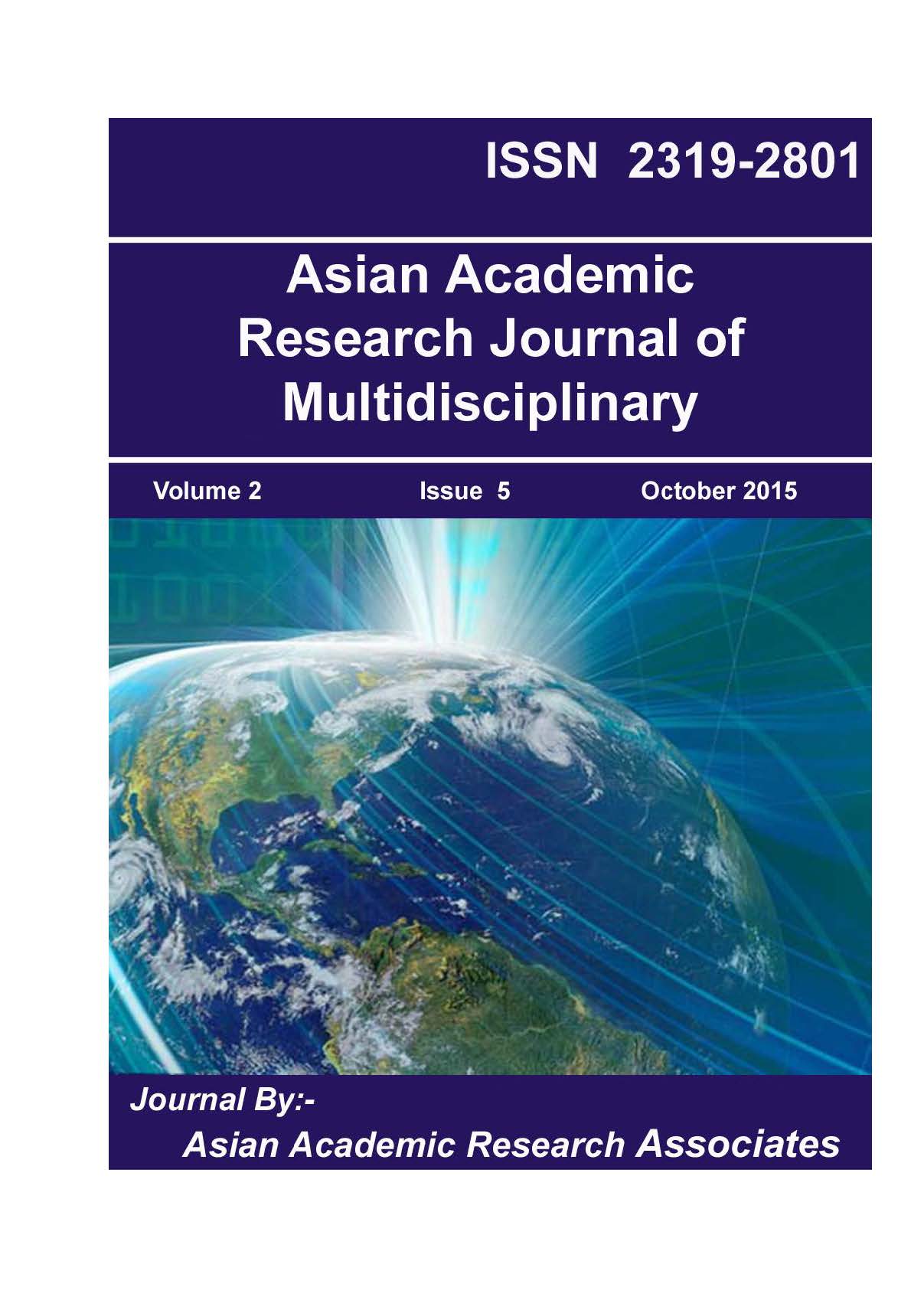Ver ítem
- xmlui.general.dspace_homeCentros Regionales y EEAsCentro Regional Patagonia NorteEEA BarilocheArtículos científicosxmlui.ArtifactBrowser.ItemViewer.trail
- Inicio
- Centros Regionales y EEAs
- Centro Regional Patagonia Norte
- EEA Bariloche
- Artículos científicos
- Ver ítem
Effect of perforation on drying kinetics of Rosa rubiginosa fruits
Resumen
The effect of perforation and drying air operating variables on drying kinetics of Rosa rubiginosa fruits was investigated. Before drying, half the fruit sample was perforated in order to speed up the drying process. Samples were dried at air temperatures: 60, 70, and 80ºC, air velocity: 1 m/s and 5 m/s, and relative humidity: 5% and 50%. Among the studied factors, drying temperature and perforation were found to affect the drying of those fruits. The
[ver mas...]
The effect of perforation and drying air operating variables on drying kinetics of Rosa rubiginosa fruits was investigated. Before drying, half the fruit sample was perforated in order to speed up the drying process. Samples were dried at air temperatures: 60, 70, and 80ºC, air velocity: 1 m/s and 5 m/s, and relative humidity: 5% and 50%. Among the studied factors, drying temperature and perforation were found to affect the drying of those fruits. The drying kinetics was fitted by two mathematical models, Becker and Fick's second law, considering fruit shrinkage during drying. Both models satisfactorily predict the fruit drying, in perforated and non-perforated fruits. The effective diffusivity coefficients (Deff) increased 20 % with the perforation applied to the fruit, except at 50ºC. This indicates that perforation at low temperatures of drying was not effective.Temperature dependence of Deff were: for nonperforated fruits, Ea = 48.91 kJ/mol (analytical solution) and 50.25 kJ/mol (Becker), and for perforated fruits, Ea = 37.04 kJ/mol (analytical solution) and 41.16 kJ/mol (Becker).
[Cerrar]

Autor
Ohaco Dominguez, Elizabeth Haydee;
De Michelis, Antonio;
Lozano, Jorge Enrique;
Fuente
Asian Academic Research Journal of Multidisciplinary 2 (5) : 114-130 (October 2015)
Fecha
2015-10
Editorial
Asian Academic Research Associates
ISSN
2319-2801
Formato
pdf
Tipo de documento
artículo
Palabras Claves
Derechos de acceso
Restringido
 Excepto donde se diga explicitamente, este item se publica bajo la siguiente descripción: Creative Commons Attribution-NonCommercial-ShareAlike 2.5 Unported (CC BY-NC-SA 2.5)
Excepto donde se diga explicitamente, este item se publica bajo la siguiente descripción: Creative Commons Attribution-NonCommercial-ShareAlike 2.5 Unported (CC BY-NC-SA 2.5)

